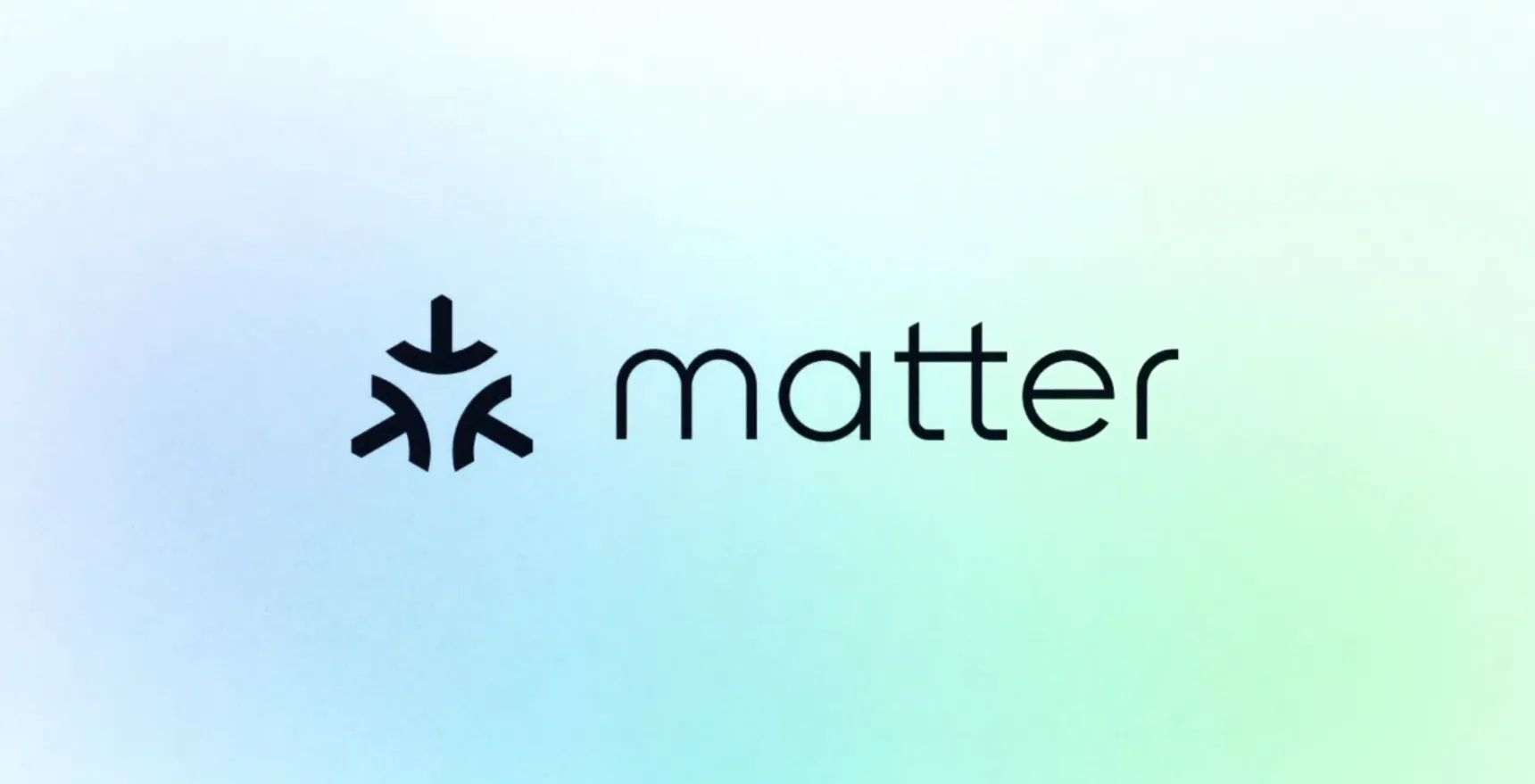ChatGPT’s functionality
ChatGPT's functionality
Unlocking the Power of ChatGPT: A Deeper Dive into Generative AI

Imagine having a conversation with Google, Wolfram Alpha, and ChatGPT, three intelligent systems that can provide answers to your questions. While Google excels at searching the web and Wolfram Alpha is great with mathematical queries, ChatGPT takes it to the next level. It can provide fully fleshed-out answers, write stories, and even generate code modules. In this article, we’ll take a closer look at ChatGPT, its operation, and the underlying principles of generative AI that power it.
The Rise of Generative AI
Generative AI tools like ChatGPT have revolutionized the way we work and find information. These systems have the ability to analyze massive amounts of data and generate meaningful responses. ChatGPT has especially caught the attention of users with its ability to understand context and intent behind questions, leading to more comprehensive and engaging answers. However, with great power comes great responsibility, as there are potential risks associated with using generative AI systems.
Understanding ChatGPT’s Operation
To truly appreciate the capabilities of ChatGPT, it’s important to understand its operation. Similar to Google and Wolfram Alpha, ChatGPT has two main phases: pre-training and inference. During the pre-training phase, the model is exposed to a vast amount of unlabeled data, allowing it to learn the underlying structure and patterns of language. This process is possible thanks to recent advancements in affordable hardware technology and cloud computing.
The training approach used by ChatGPT differs from traditional supervised learning methods. While supervised learning relies on labeled datasets, ChatGPT leverages non-supervised pre-training. This approach enables the model to learn from the input data without specific tasks in mind, making it highly versatile and capable of understanding a wide range of queries and generating coherent responses.
The Transformer Architecture
At the heart of ChatGPT is the transformer architecture, a type of neural network that processes natural language data. The transformer consists of multiple layers, each with sub-layers responsible for self-attention and non-linear transformations. These layers enable the model to understand the context and relationships between words in a sequence.
During training, the transformer processes input data, such as sentences, and makes predictions based on that input. Through a feedback loop, the model is updated to improve its prediction accuracy. This iterative process helps the transformer learn to understand language, making it a powerful tool for natural language processing tasks.
Training Datasets for ChatGPT
ChatGPT’s training datasets play a crucial role in its ability to generate relevant and personalized responses. While the specific datasets used for training can vary, ChatGPT is typically trained on conversational datasets. For example, OpenAI has released Persona-Chat, a dataset consisting of dialogues between participants, each assigned a specific persona. This dataset helps ChatGPT understand the context of conversations and generate responses that are tailored to the specific conversation context.
In addition to Persona-Chat, other conversational datasets like Cornell Movie Dialogs Corpus, Ubuntu Dialogue Corpus, and DailyDialog are used to fine-tune ChatGPT. These datasets cover a wide range of topics and allow the model to learn how to generate natural and engaging responses in a conversational format.
Challenges and Limitations
While ChatGPT showcases impressive capabilities, it’s important to acknowledge its limitations. ChatGPT’s knowledge is derived from the data it was trained on, which means it may not have information on very recent topics or niche subjects. Additionally, its responses are based on patterns in the data, so there is a possibility of producing factually incorrect or contextually lacking answers. Furthermore, the data itself may contain errors or biases, which can influence the model’s output.
Human Involvement in Pre-training
Despite the scalable nature of non-supervised pre-training, there is evidence of human involvement in preparing ChatGPT for public use. Reports indicate that human data labelers were involved in flagging explicit and harmful content during the training process. Additionally, a method called Reinforcement Learning from Human Feedback (RLHF) was used to fine-tune the model by involving human trainers in the roleplay of both users and AI assistants.
Natural Language Processing and Dialogue Management
Natural language processing (NLP) plays a crucial role in ChatGPT’s ability to understand and generate human language. NLP algorithms leverage statistical modeling, machine learning, and deep learning techniques to interpret and generate language. These algorithms break down language inputs into smaller components to analyze their meanings and relationships, allowing the model to generate relevant and contextually appropriate responses.
Dialogue management is another key aspect of natural language processing, enabling ChatGPT to have engaging and dynamic conversations with users. By using algorithms and machine learning techniques, ChatGPT can understand the context of a conversation and maintain it over multiple interactions. This capability enhances user experience and builds trust between the user and the AI system.
The Power of Generative AI
Generative AI systems like ChatGPT have opened up new possibilities for human-computer interactions. They can provide personalized and dynamic responses, making conversations feel more natural and engaging. However, with this power comes the need for responsible deployment and monitoring to prevent the generation of harmful or biased content.
While this article provides a glimpse into the inner workings of ChatGPT, there is still much more to explore. The technology behind generative AI continues to evolve, and the potential applications are vast. As we continue to unlock the power of these systems, it’s crucial to strike a balance between innovation and ethical considerations.





